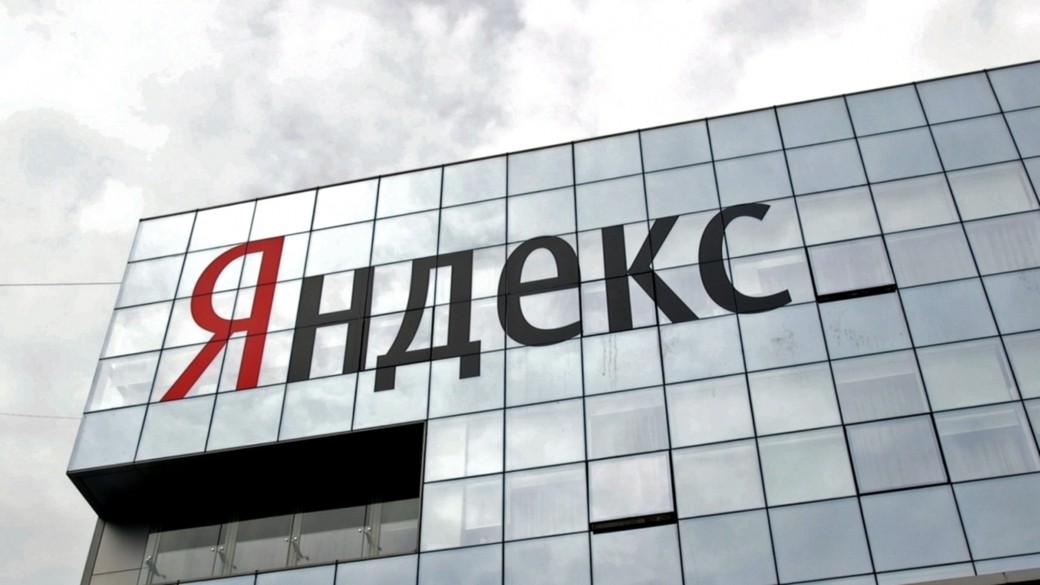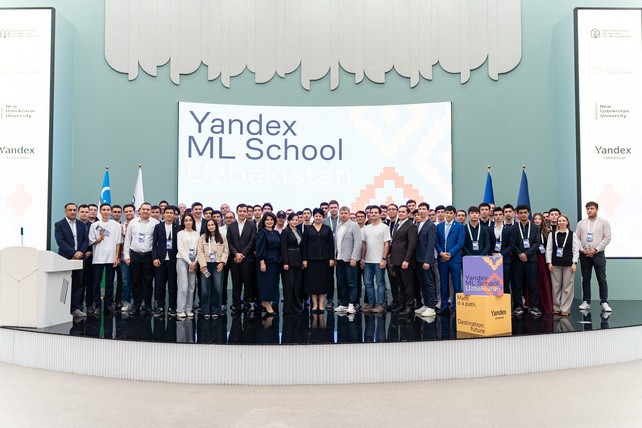Samsung has begun mass-producing prototypes of the Exynos 2600 system-on-a-chip (SoC), which industry analysts estimate will be the base for future Galaxy S26 series flagships. Production is carried out using a 2-nanometer process technology — the latest lithographic technology, on the successful development of which Samsung's further positioning in the global semiconductor race depends.
The company is increasing the number of silicon wafers used in order to increase the stability of the technological process and achieve a benchmark yield of at least 50%. In the context of the transition to a more sophisticated technical process, this indicator remains a key barrier to the transition from pilot to mass production.
Samsung plans to launch small-scale production of the Exynos 2600 by the end of 2025. Volumes at this stage will be measured in thousands or tens of thousands of chips. If the level of marriage can be kept within acceptable limits, by the beginning of next year, it is possible to start a full-scale release, timed to coincide with the expected premiere of the Galaxy S26 line, the presentation of which is traditionally held in February.
However, risks remain. Experience with the previous 3-nm Exynos 2500 system showed that the output of suitable chips may be lower than the calculated values, which will lead to a delay in the commercial launch. Samsung engineers have already faced a high percentage of defects and the need to re-debug production lines.
The Exynos 2600 project is considered by Samsung as critical for confirming the technological maturity of the 2-nm architecture. This is the first commercially-oriented chip developed using this process, and its successful launch is of strategic importance both for the mobile solutions business and for the entire Samsung Foundry contract factory, which competes with TSMC and Intel in the field of advanced lithography.
For the market, this will be a marker that can determine whether Samsung is ready to become a full-fledged player at the stage of implementing 2-nm solutions or give way to competitors who are also actively developing in this area.













